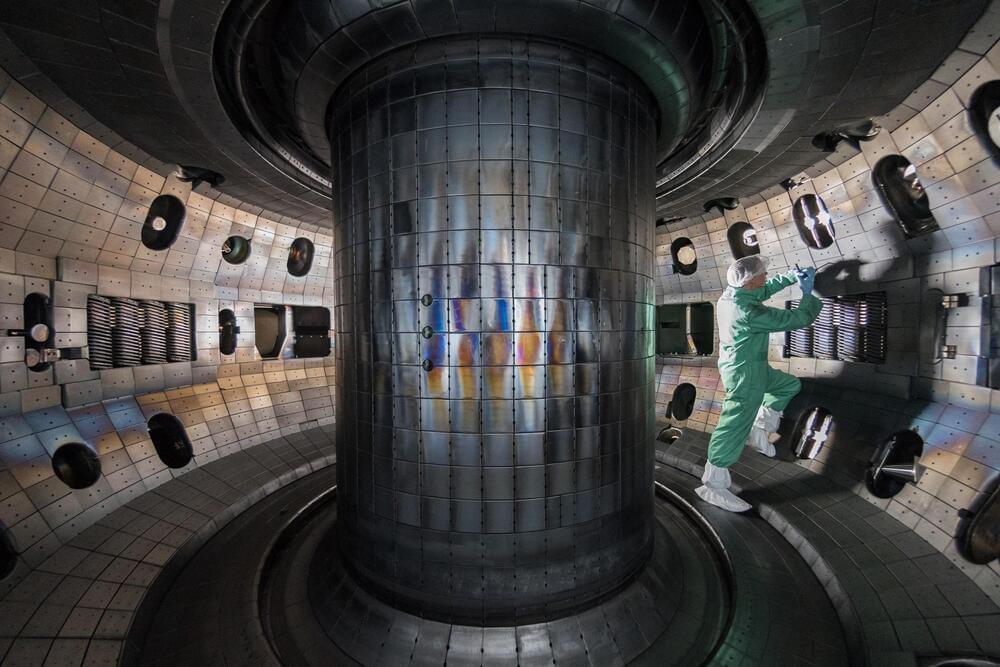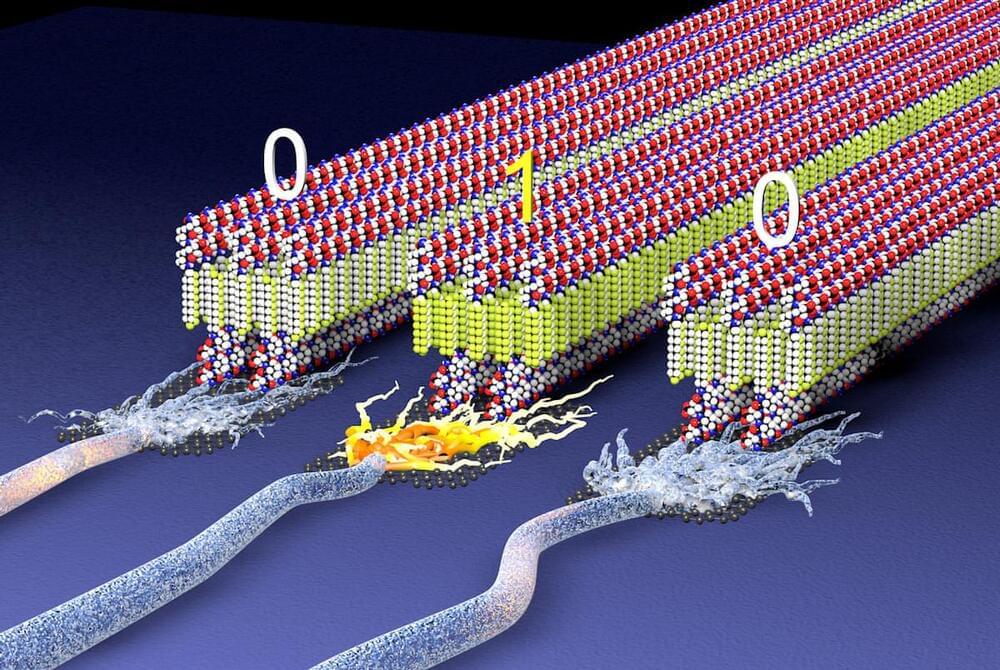For our AI industry people, if you werent aware, some kind of research prizes for solving technical challenges related to AI.
Prize information, rules, and key dates.
For our AI industry people, if you werent aware, some kind of research prizes for solving technical challenges related to AI.
Prize information, rules, and key dates.

Sign up for the Morning Brief email newsletter to get weekday updates from The Weather Channel and our meteorologists.
A strong 6.8 magnitude earthquake struck off Cuba’s coast, south of Santiago de Cuba around noon local time on Sunday.
According to the U.S. Geological Survey, the quake’s epicenter was about 24 miles south of Bartolomé Masó which is part of Cuba’s Granma Province.

The combined results also speak to a more fundamental goal. For decades, the quantum computing community has been trying to establish quantum advantage —a task that quantum computers can do that a classical one would struggle with. Usually, researchers understand quantum advantage to mean that a quantum computer can do the task in far fewer steps.
The new papers show that quantum memory lets a quantum computer perform a task not necessarily with fewer steps, but with less data. As a result, researchers believe this in itself could be a way to prove quantum advantage. “It allows us to, in the more near term, already achieve that kind of quantum advantage,” said Hsin-Yuan Huang, a physicist at Google Quantum AI.
But researchers are excited about the practical benefits too, as the new results make it easier for researchers to understand complex quantum systems.
Shaking hands with a character from the Fortnite video game. Visualizing a patient’s heart in 3D—and “feeling” it beat. Touching the walls of the Roman Coliseum—from your sofa in Los Angeles. What if we could touch and interact with things that aren’t physically in front of us? This reality might be closer than we think, thanks to an emerging technology: the holodeck.
The name might sound familiar. In Star Trek’s Next Generation, a holodeck was an advanced 3D virtual reality world that created the illusion of solid objects. Now, immersive technology researchers at USC and beyond are taking us one step closer to making this science fiction concept a science fact.
On Dec. 15, USC hosted the first International Conference on Holodecks. Organized by Shahram Ghandeharizadeh, a USC associate professor of computer science, the conference featured keynotes, papers and presentations from researchers at USC, Brown University, UCLA, University of Colorado, Stanford University, New Jersey Institute of Technology, UC-Riverside, and haptic technology company UltraLeap.
Did the laws of physics come into being at the Big Bang?
Watch the full talk at https://iai.tv/video/the-laws-of-physics-are-not-fixed-joao-…escription.
We think that the laws of physics are unchanging and cannot be violated. Join pioneering physicist, João Magueijo, as he argues that everything we thought we knew about the laws of physics is wrong. They do change. And they can be violated. What’s more, a new understanding of these laws could help solve the mystery of dark matter.
#physics #science #speedoflight.
João Magueijo is a Portuguese cosmologist and professor in theoretical physics at Imperial College London. He is a pioneer of the varying speed of light (VSL) theory.
The Institute of Art and Ideas features videos and articles from cutting edge thinkers discussing the ideas that are shaping the world, from metaphysics to string theory, technology to democracy, aesthetics to genetics. Subscribe today! https://iai.tv/subscribe?utm_source=YouTube&utm_medium=descr…-magueijo.


Can theory and computation methods help the search for the best divertor material and thus contribute to making fusion energy a reality?
Exploring nuclear fusion as a clean energy source reveals a critical need for advanced plasma-facing materials. MARVEL lab researchers identified materials that might withstand fusion’s extreme conditions and proposed alternatives to tungsten, the current choice.
Nuclear fusion and the material challenge.

This afternoon, SpaceX plans to launch its latest Starlink mission from Cape Canaveral Space Launch Complex 40. Then on Monday, the company hopes to launch the Koreasat 6A telecommunications satellite from Kennedy Space Center Pad 39A. Another Starlink mission is then set for launch Tuesday evening.
When is the next Florida rocket launch?Is there a launch today? Upcoming SpaceX, NASA rocket launch schedule from Florida
Today’s launch window for the SpaceX Starlink 6–69 mission opens now at 6:56 p.m. EST. SpaceX states they now only have until 8:22 p.m. to launch.

Step aside, hard and rigid materials — a new soft, sustainable electroactive material is here, ready to unlock new possibilities for medical devices, wearable technology, and human-computer interfaces.
Using peptides and a snippet of the large molecules in plastics, Northwestern University materials scientists have developed materials made of tiny, flexible nano-sized ribbons that can be charged just like a battery to store energy or record digital information. Highly energy efficient, biocompatible, and made from sustainable materials, the systems could give rise to new types of ultralight electronic devices while reducing the environmental impact of electronic manufacturing and disposal.
The study was recently published in the journal Nature.
The brain is a marvel of efficiency, honed by thousands of years of evolution so it can adapt and thrive in a rapidly changing world. Yet, despite decades of research, the mystery of how the brain achieves this has remained elusive.
Our new research, published in the journal Cell, reveals how neurons – the cells responsible for your childhood memories, thoughts and emotions – coordinate their activity.
It’s a bit like being a worker in a high-performing business. Balancing individual skills with teamwork is key to success, but how do you achieve the balance?